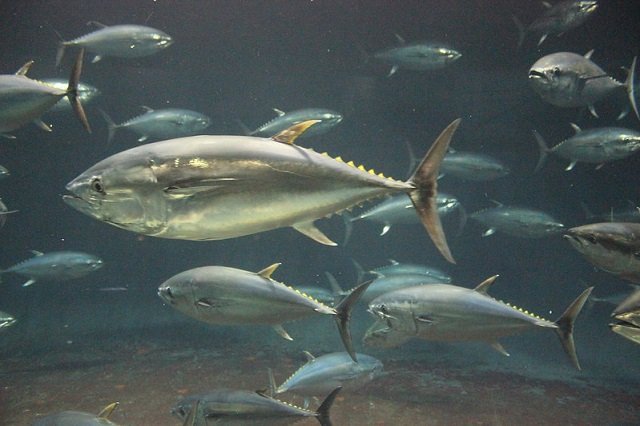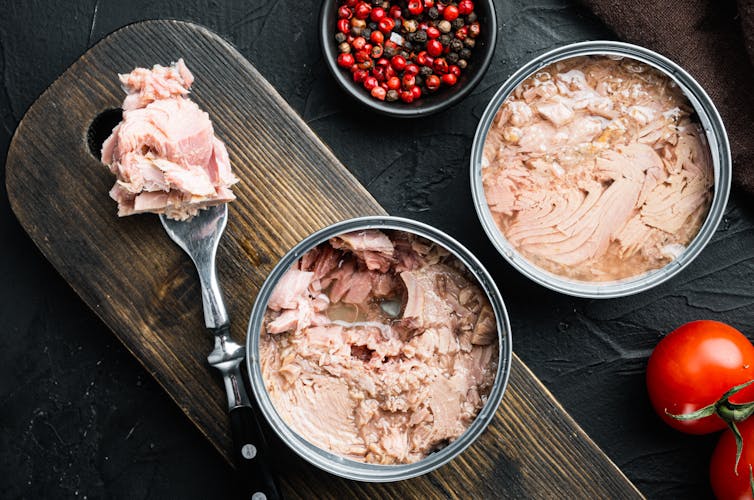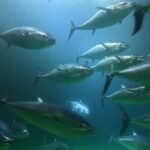
by Scott Elliott, ARS Office of Communications in Research and Science
Americans love their shrimp. No matter how you eat them, by pounds consumed, the popularity of these delectable little morsels ranks well ahead of salmon and more than doubles that of canned tuna.
As you dig in on National Shrimp Day, May 10, take a moment to think of the scientists from the U.S. Department of Agriculture’s Agricultural Research Service (ARS) who are working to ensure shrimp remains available in stores and restaurants across the country.
ARS scientists are using a cryopreservation process – deep freezing – to save shrimp germplasm (living tissue) for future research or breeding use. Cryopreservation is the process of preparing any sort of tissue sample to withstand being frozen at -196 C (nearly -321 F) and, upon thawing, to remain capable of functioning as if it had not been frozen.
“Genetic resources and their use underpin agricultural productivity and food security,” said Harvey Blackburn, geneticist and principal investigator of the ARS Agricultural Genetic Resources Preservation Research unit in Fort Collins, Colorado. “Shrimp are no different from any other agricultural resource, but the genetic resources we depend upon can come under threat from a range of variables like climate change, disease and mismanagement of the resource. This program seeks to minimize and mitigate such threats by conserving a range of shrimp genetic resources.”
What’s at stake is simple: Productivity will decrease and consumer prices will rise if the aquaculture industry loses access to genetically-diverse germplasm.
The shrimp germplasm will join a collection of over 1.2 million samples from about 65,000 animals representing 46 species that the National Animal Germplasm Program acquires, assesses and preserves to protect livestock, poultry, fish and insect genetic resources for the United States.
Editor at the digital magazine AquaHoy. He holds a degree in Aquaculture Biology from the National University of Santa (UNS) and a Master’s degree in Science and Innovation Management from the Polytechnic University of Valencia, with postgraduate diplomas in Business Innovation and Innovation Management. He possesses extensive experience in the aquaculture and fisheries sector, having led the Fisheries Innovation Unit of the National Program for Innovation in Fisheries and Aquaculture (PNIPA). He has served as a senior consultant in technology watch, an innovation project formulator and advisor, and a lecturer at UNS. He is a member of the Peruvian College of Biologists and was recognized by the World Aquaculture Society (WAS) in 2016 for his contribution to aquaculture.




